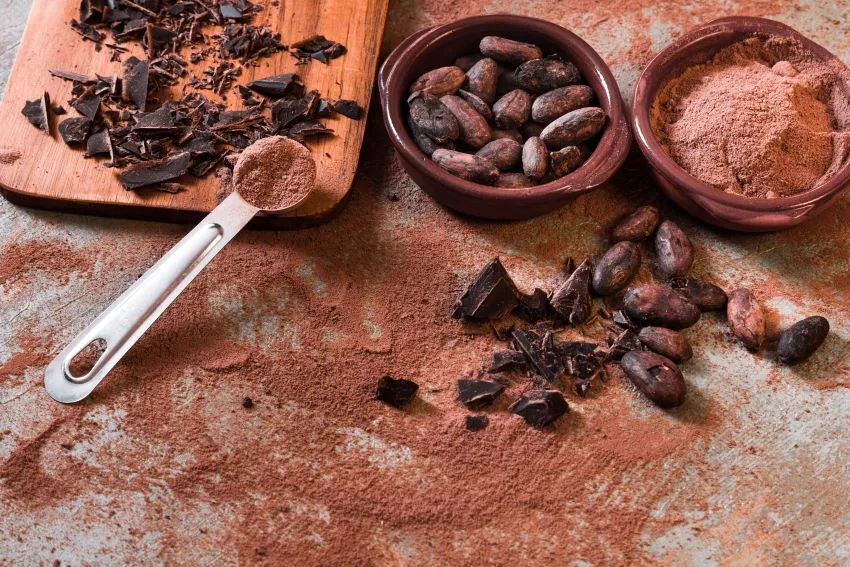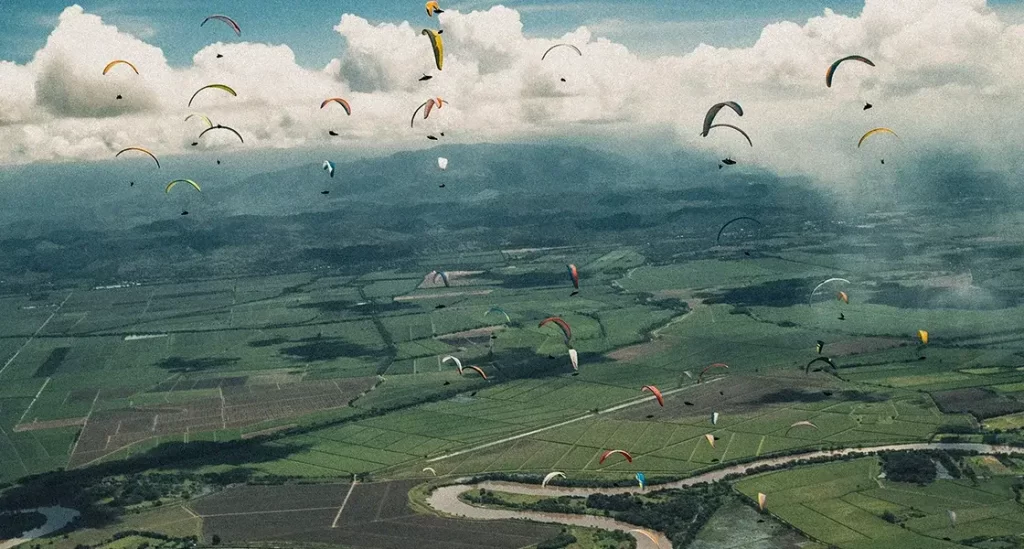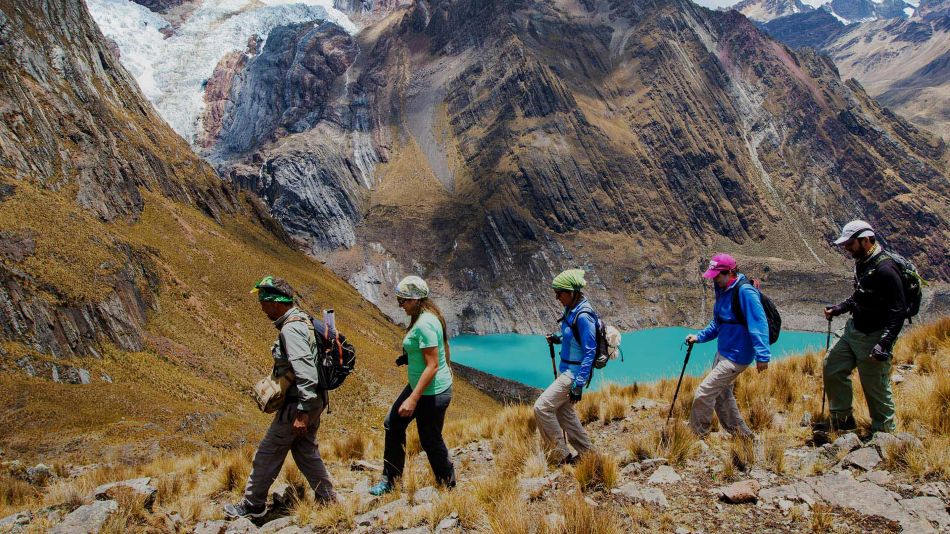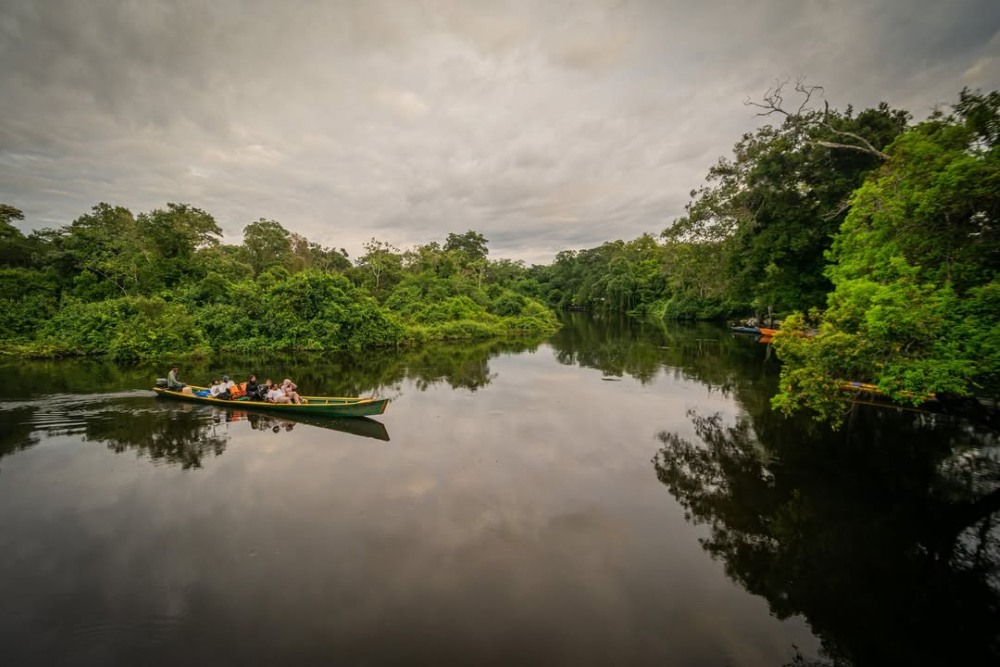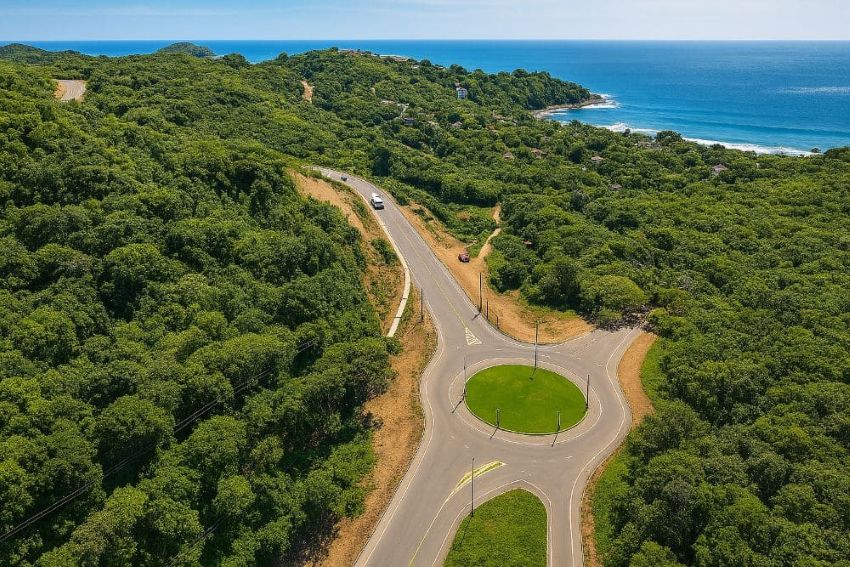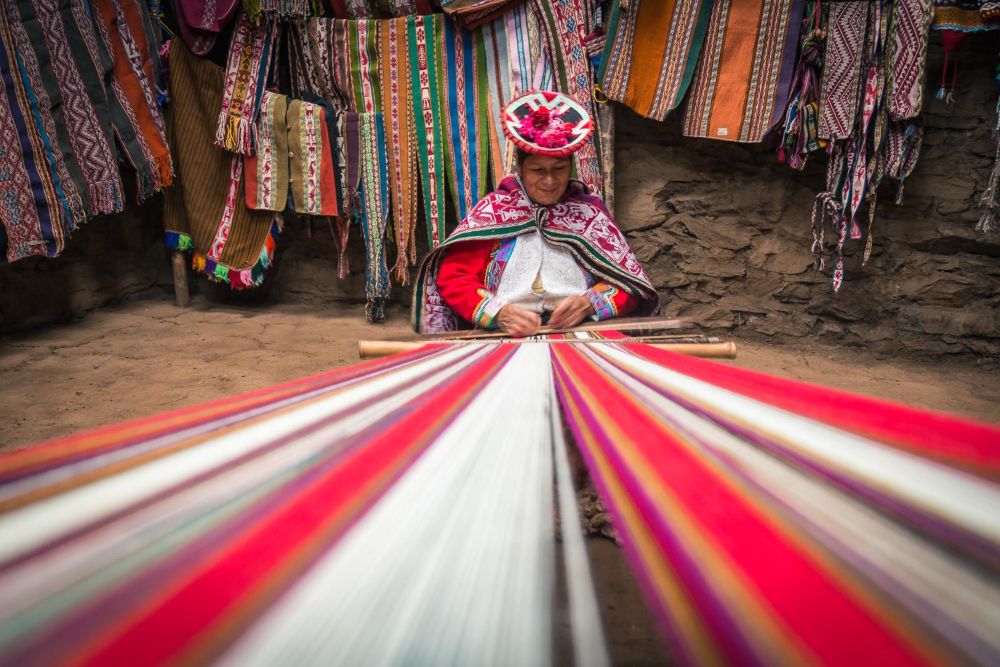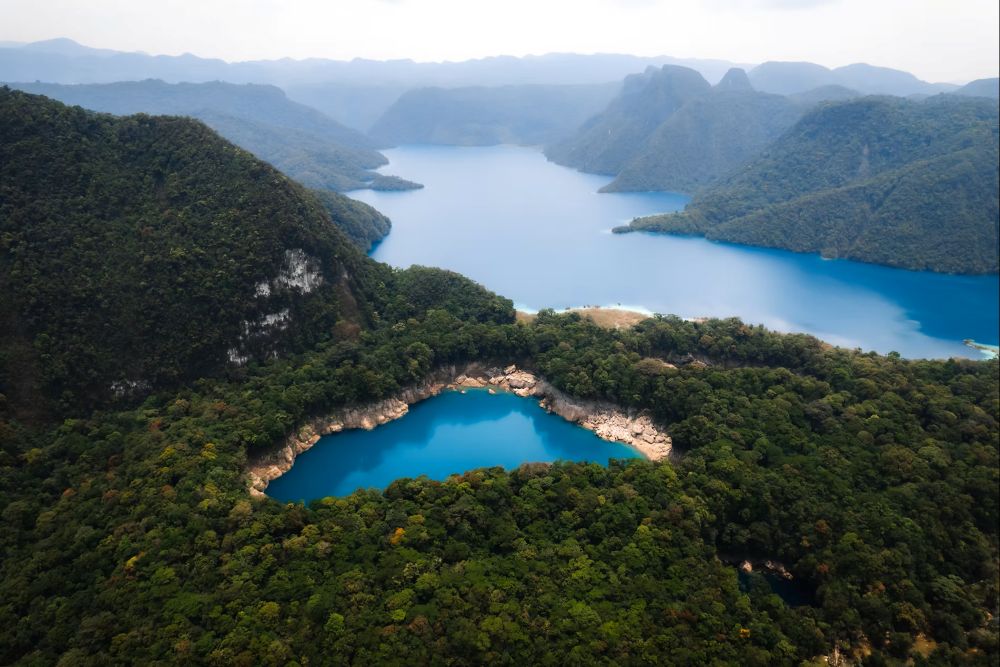Cacao, a fruit born from the tears of the god Quetzalcoatl mourning his lost wife, carries a millennia-old history — from sacred ritual to major export product in Latin America and the Caribbean.
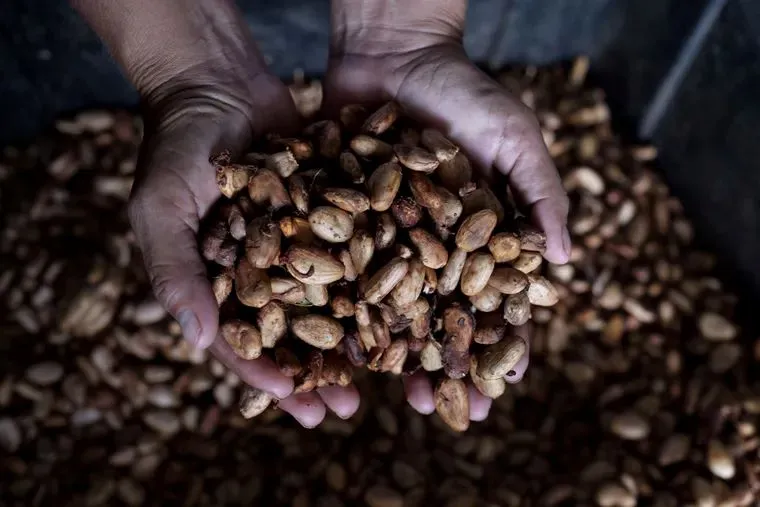
Originally from the Amazon basin in what is now Ecuador, the cacao tree quickly spread along the Pacific coast of South America during the 2nd millennium BCE, then on to Central America and Mexico. It was here that the Olmecs, Mayans, and Mexicas began cultivating cacao long before the arrival of Europeans. As early as 1500 BCE, the Olmecs — one of the oldest civilizations in the Americas — were preparing a bitter drink made from cacao beans. To them, this fruit symbolized abundance and was used in sacred rituals honoring their gods.
The Mayans, for their part, saw cacao as a divine gift. They mixed it with water, chili, and spices, reserving it for the nobility and warriors. Over time, they perfected its use by creating xocolatl, a frothy, bitter drink considered an elixir of strength.
Our article: Palenque, in the footsteps of the Maya in Mexico
Cacao was so precious that its beans were used as currency: a rabbit might be worth ten beans, while a Quauchtli (a woven blanket) could fetch between 60 and 100 beans. Far beyond a simple food, cacao represented social status and was offered to the gods.
From Bitter Ritual to Sweet Delight
After the arrival of the colonizers, cacao beans and the knowledge of their preparation were introduced to Spain in 1528. However, xocolatl did not immediately win over European palates. Spanish monks, experimenting with local ingredients, added honey and cane sugar, adapting the drink to European tastes. Thus was born sweet chocolate, which, within a few decades, became a favorite in the royal courts of Spain, France, and Italy, before spreading across Europe and eventually Asia.
Latin America, Cradle and Guardian of Cacao
During the colonial period, cacao plantations flourished in regions with tropical climates and fertile soils. The fruit quickly became one of the first agricultural products to be exported. However, cacao production was also deeply tied to the history of slavery: to meet Europe’s growing demand, colonists implemented forced labor systems to cultivate the prized beans.
Our article : Guayaquil: An unforgettable trip to the Pearl of the Pacific
Despite this painful past, Latin America has retained its role as the spiritual heart of cacao, preserving native varieties that today are considered invaluable genetic treasures. In particular, criollo cacao — a native variety — has gained international acclaim for its fresh, fruity aroma with notes of spice, flowers, and honey.
The Legacy of Cacao in Latin America
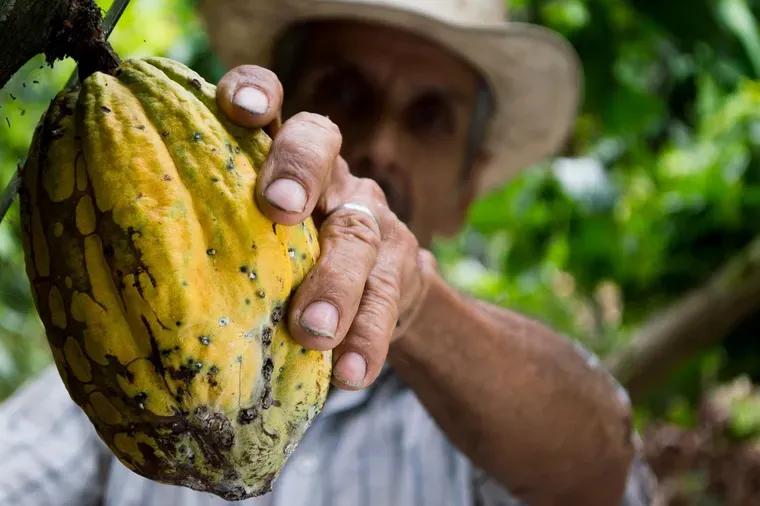
Throughout the region, cacao is much more than just a raw ingredient — it is a living cultural and gastronomic heritage. In Mexico, in addition to a National Day of Cacao and Chocolate, the Tabasco Chocolate Festival features four days of culinary exhibitions, tastings, conferences, and workshops. Similarly, the Cacao and Chocolate Salon held annually in Lima celebrates not only flavors, but also the stories, traditions, and peoples who have preserved the sacred bond with this ancient fruit.
Today, cacao production in Latin America is booming, with countries like Ecuador, Brazil, and Colombia leading the way. Known for its fine and aromatic cacao, the region continues to gain ground on the international scene. This rise goes hand in hand with a strong commitment to sustainable and responsible practices, further strengthening its position in the global market.
From ancient Mesoamerican ceremonies to today’s global chocolate festivals — in Paris, New York, Tokyo, Istanbul, Shanghai, or Dubai — cacao reflects a profound connection between humankind and the earth. Each bean holds centuries of ancestral knowledge, aromas that tell the story of the land, and flavors that awaken memory. Tokyo, Istanbul, Shanghai ou encore Dubaï – cacao reflects a profound connection between humankind and the earth. Each bean holds centuries of ancestral knowledge, aromas that tell the story of the land, and flavors that awaken memory. To explore the world of cacao is to discover the very soul of a region that has turned this fruit into a symbol of identity, resilience, and collective pride.
Photos: Fripik | National Geographic | Musée du Louvre

